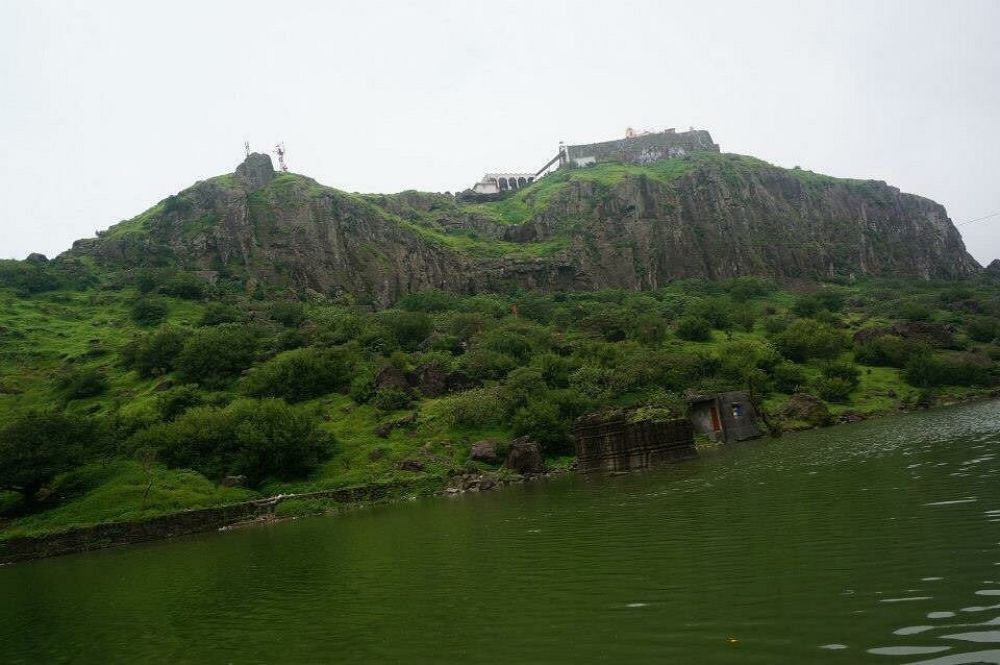

The history of tourism in Pavagadh Hill, located in Champaner near the city of Vadodara in Gujarat, India, is closely tied to its cultural significance and the ancient history of the region. Pavagadh Hill is renowned not only for its natural beauty but also for its historical and religious importance.
The area of Champaner-Pavagadh has been a place of pilgrimage for centuries, attracting devotees to the famous Kalika Mata Temple, which is dedicated to the goddess Kali. This temple sits on the top of the hill and is considered to be one of the oldest temples in the area, dating back to the 10th or 11th centuries. The hill itself is believed to be a chunk of the Himalayas that was carried here by Hanuman during the Ramayana epoch, thus holding immense religious value for the Hindu community.
The region gained a significant boost in tourism after being designated a UNESCO World Heritage Site in 2004. This listing acknowledged the historical and architectural importance of the archaeological park, which encompasses the ancient city of Champaner and the Pavagadh hill archaeological zone. Champaner-Pavagadh Archaeological Park is renowned for its blend of Hindu and Islamic architectural styles, evident in the impressive structures and ruins that date from the 8th to the 14th centuries.
Latest Tourism Trend
In recent years, the tourism trend in Pavagadh Hill and Champaner has seen a shift towards more sustainable and eco-friendly practices. Authorities have been working to preserve the natural and cultural heritage of the area while accommodating tourists. With the increase of digital and social media usage, Pavagadh Hill has also become a popular destination for those looking to capture its scenic beauty and ancient architecture for their online audiences.
Moreover, adventure tourism is on the rise, with more visitors interested in hiking and exploring the hill's rugged terrain. The Gujarat government and tourism department have focused on improving infrastructure and facilities, enhancing the visitor experience without compromising the area's historical and ecological integrity. This includes better transportation options to and from the site, improved pathways for hikers, and the provision of knowledgeable guides to educate tourists on the significance of the area's unique heritage.
Whether it is the religious significance, the historical allure, or the captivating landscape, Pavagadh Hill continues to attract a diverse range of tourists, from spiritual seekers and history buffs to nature lovers and photography enthusiasts.